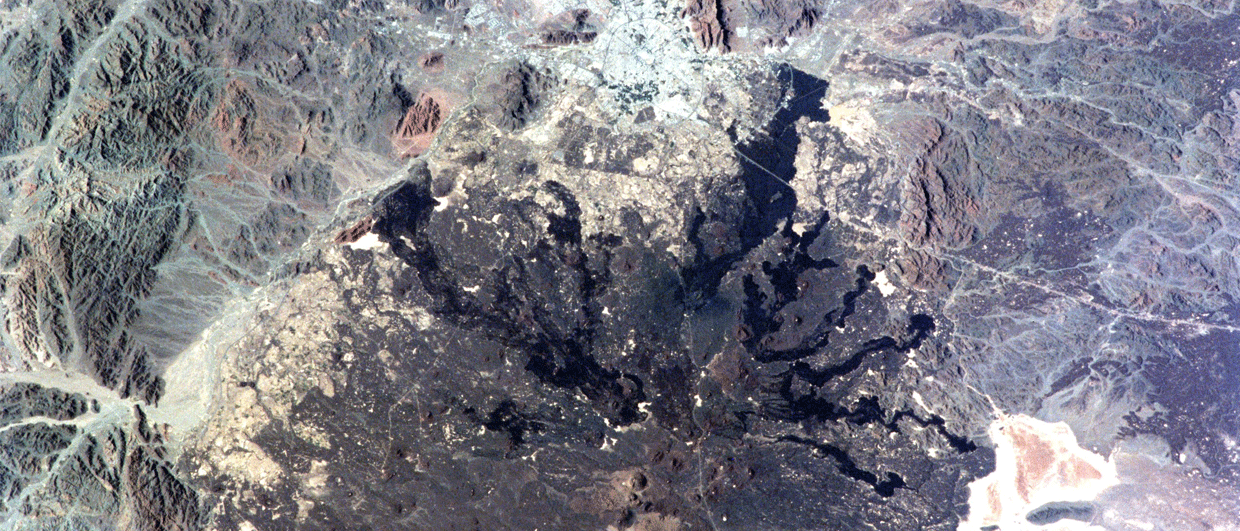Next week, I’ll be attending the IPTC Conference in Dammam, Saudi Arabia. It made me look at the local geology of the area, only then to realise that Dammam is the birthplace of oil exploration and production in the country. It was in 1938 that commercial oil was found in Dammam through drilling the 7th well in a row on the Dammam dome. It made me think, why did it take seven wells to find commercial flow rates? That question seems quite easy to answer; Dammam-7 was drilled deeper than the rest, to approximately 1,440 m. And only by doing that, it found the reservoir of what was going to be the Dammam field in the Jurassic rocks of the Arab Formation.
But then another interesting question arises. How to explain the oil and gas shows and oil production from some of the precursor wells of Dammam-7? The first well, Dammam-1, found gas and traces of oil at 700 m. Number 2 looked more promising at the start, when 3,840 barrels per day were initially reported from a depth of 633 m. This result sparked the drilling of three more wells, but the outcomes of those were disappointing and production from the Dammam-2 well fell to 225 barrels a day later in the year. But still, it can be concluded that oil, and gas, are present in what we would now call the overburden of the Dammam field. That observation sparks the question, did the oil and gas migrate from the reservoir deeper down, or was it a matter of migration from elsewhere?
As the cross-section, which was re-drawn from a publication by Ruud Weijermars, shows, the reservoir of the Dammam oil field is capped by the Hith Anhydrite. Anhydrites are known to be excellent seals, but as Mike Cooper shows in this video about the Dammam oil field, the dome is also dissected by a number of faults. And as Zhiyong He put it in a comment to a recent post about oil slicks offshore Cyprus, many seeps over big fields are associated with faults. At the same time, he also commented that seeps above oil fields are often gas, not oil.
I don’t have the answer to the question where the oil and gas in the Dammam overburden are from. Maybe one of our readers will. But the drilling results clearly paint a picture that is more complicated and therefore much more interesting than a simple cross-section seems to give away! Maybe I’ll hear a little more about it when speaking to people in Dammam next week!





